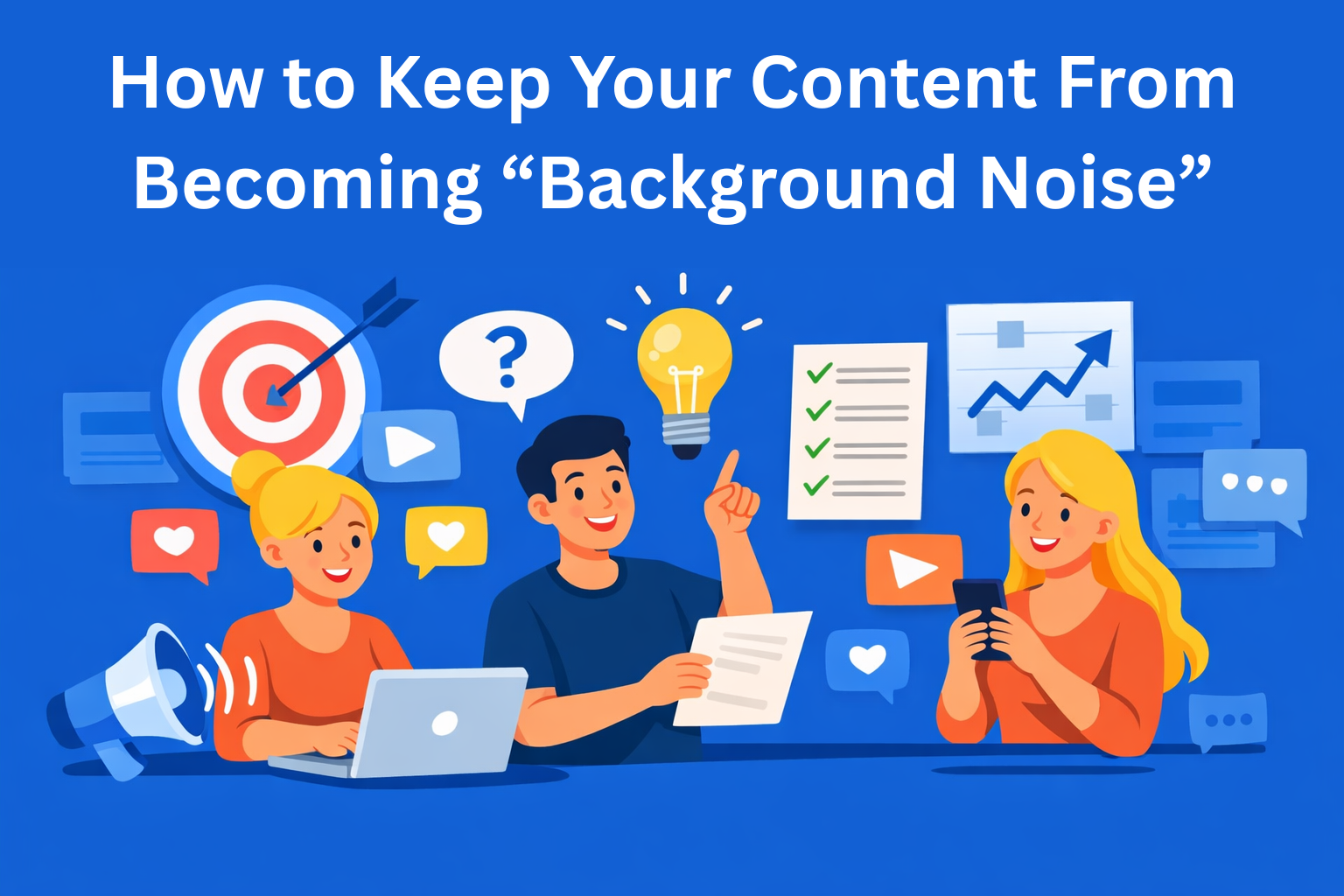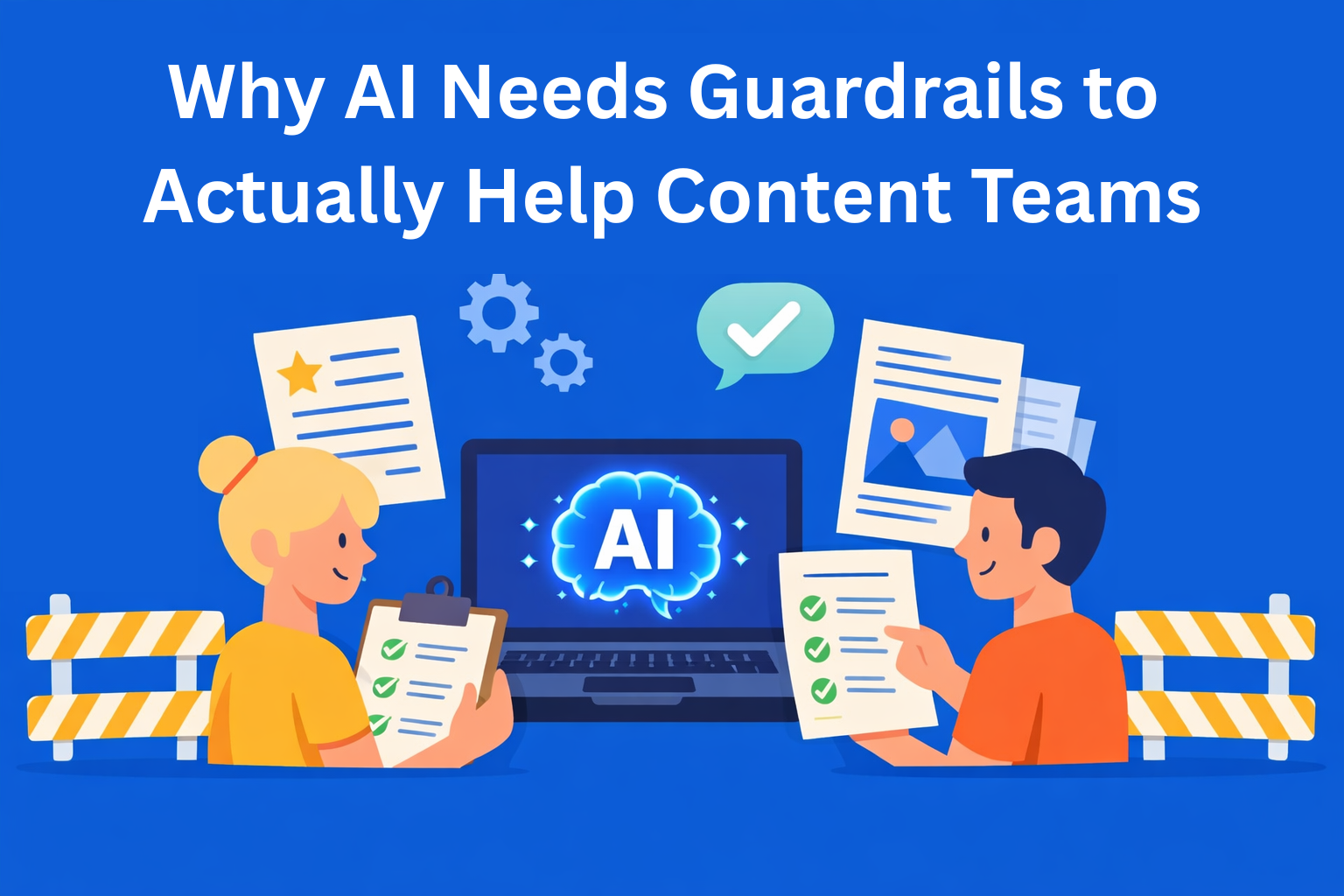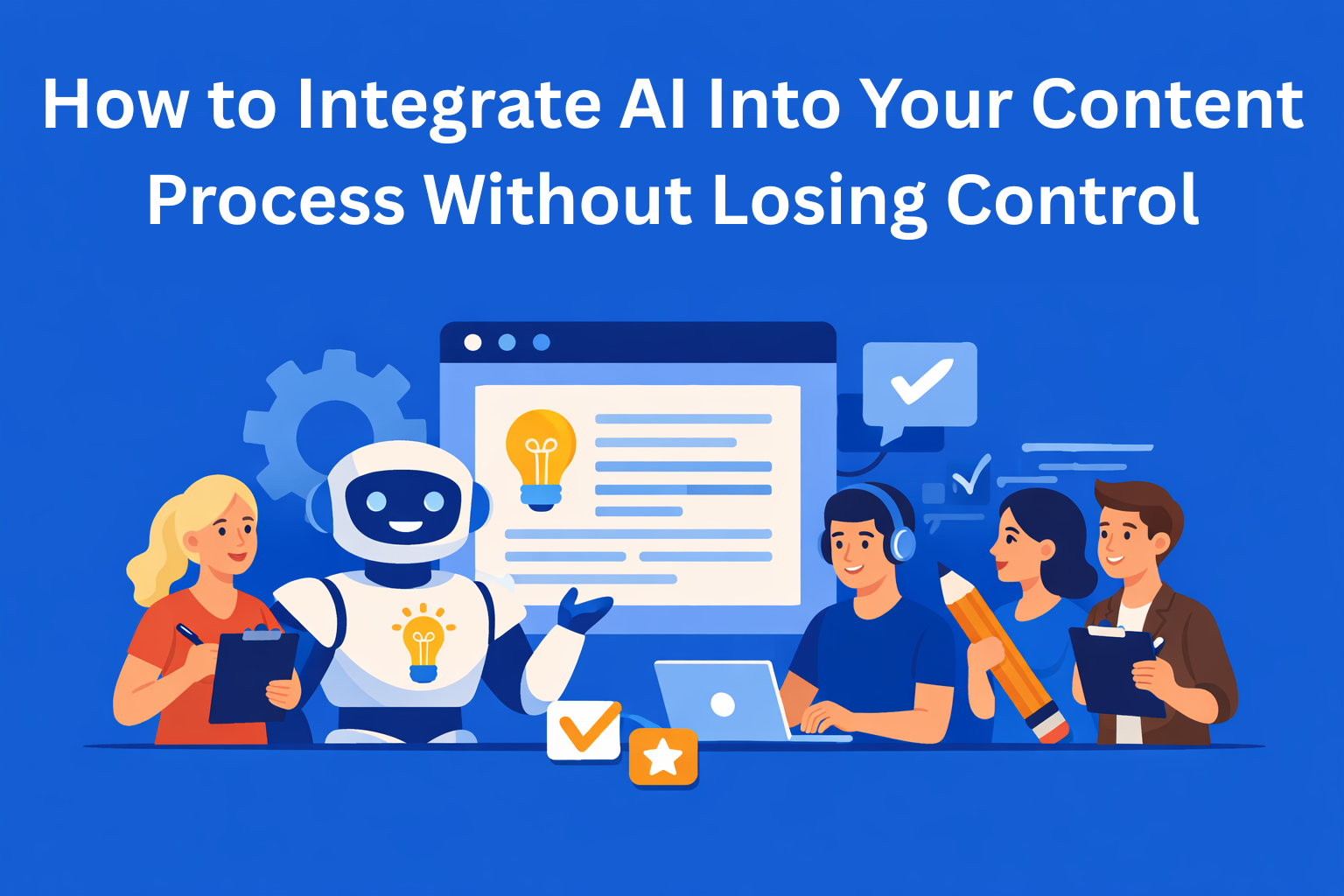Why One AI Draft Isn't Enough
Don’t settle for the first AI draft. Discover how multiple versions, smart editing, and tools like EasyContent can elevate your content strategy, boost quality, and streamline content operations across your team.

More and more content teams are turning to AI tools for content generation. And it's true, you just type in a prompt, hit enter, and within seconds you’ve got a full article in front of you. Quick, easy, and… well, almost done. But is the first AI draft really good enough?
If you're a content manager, head of content, or someone making decisions about content operations, you already know that speed isn’t the same as quality.
In this blog post, we'll explore why one AI draft simply isn’t enough, how using multiple angles and drafts can lead to better content, and how platforms like EasyContent can support that process through structured AI-assisted workflows.
Key Takeaways
- An AI first draft is only a starting point - it provides structure, not finished quality or brand nuance.
- Multiple drafts unlock better angles - different prompts surface stories, data, and perspectives you’d miss with one version.
- Strong content is built by mixing drafts - combining hooks, examples, and CTAs creates a much stronger final piece.
- Human editing is the quality filter - tone, clarity, SEO, and brand voice still require deliberate human decisions.
- Workflows matter more than raw speed - structured, AI-assisted processes turn drafts into reliable, publish-ready content.
1. The First Draft Is Just the Beginning
An AI-generated first draft is usually just a starting point - a skeleton of the content. In many modern content platforms, that first draft is produced with AI writers that follow briefs, templates, and basic structure, but still require human judgment to move further. It might have decent structure and touch on key points, but it rarely nails the tone, style, depth, or the personalized touch that comes from truly understanding a brand or its audience.
Let’s say you give an AI the prompt: "Write a blog about the benefits of content marketing for SaaS companies". You’ll get a decent article, but it’s likely too generic. There’s no hook, no real-world examples, and definitely no brand personality.
Just like a copywriter never sends out their first draft without revisions, the same should apply to AI-generated texts. AI is not a strategy, it’s a tool. A powerful one, sure, but it's up to your team to shape it into something great.
2. Different Angles = Better Content
Swapping one prompt for two or three may sound like extra work, but it's actually one of the smartest tactics for leveling up AI-generated content. Some platforms make this easier by letting teams generate and store multiple AI-assisted drafts inside the same content workflow. Each additional draft gives you a new perspective, a different tone, and a new format.
For example:
- Draft 1: explains what content marketing is
- Draft 2: tells a story about a startup that scaled using content
- Draft 3: focuses on data and industry benchmarks
Now you’ve got three directions and can easily see what resonates best with your audience, what’s worth repurposing, or which version sparks the most internal discussion.
For content teams working on blogs, whitepapers, or email sequences, this means:
- More inspiration to work with
- Higher chance of hitting the right angle
- Faster validation of ideas through internal reviews
This is where platforms like EasyContent become especially useful, allowing teams to compare and edit multiple versions side by side in one centralized space.
3. Mixing Elements: Build a Stronger Draft
Almost no first draft is perfect. But when you’ve got several versions, you can cherry-pick the best parts to create a truly strong final piece.
Take the hook from one version, the case study from another, and the CTA from a third, and you’ve got a winner.
That’s exactly what content editors do. They curate, reshape, and polish content until it sounds purposeful, natural, and aligned with the brand.
Some content platforms support this with built-in version comparison: teams can view differences between drafts, leave comments, tag collaborators, and work through edits without endless emails or messy documents.
For agencies and multi-client teams, this means finally having a structured content editing process with version control and full change history.
4. Editing: The Final Filter for Quality
Editing is what separates average content from great content. AI can write, sure, but it doesn’t know your brand. That’s where your team comes in.
When it’s time to edit:
- Adjust the tone and voice to match your brand
- Add details, sources, and internal/external links
- Check SEO: Are keywords included naturally?
- Refine the structure and tighten your CTA
With platforms designed for AI-assisted content workflows, everything stays in one place:
- Real-time comments
- Change tracking (see who changed what and when)
- Template systems for brand consistency
You can even compare before-and-after versions, which is especially useful when reviewing changes with your team or explaining your edits to stakeholders.
5. How Do You Know When It’s Done?
There’s no hard rule, but here are some signs:
- The flow is smooth and logical
- The tone fits your audience
- The CTA is actionable and aligned with business goals
- SEO elements are integrated naturally
- The internal team (or client) gives it the thumbs-up
Tip: Read the text out loud before publishing. If it sounds like a real human wrote it - not just AI - you’re probably ready to go.
Conclusion
AI can save you time, but quality still takes human effort. The first draft is just a starting point - raw material that needs shaping. By exploring multiple drafts, mixing ideas, and editing with intention, you get content with depth, voice, and purpose.
Tools like EasyContent help manage that process from start to finish: from AI-assisted drafting to human-reviewed, publish-ready content. If you want your content ops to run like a well-oiled machine, it’s time to go beyond the first draft.
So next time AI spits out a blog post, don’t ask "Is this good enough?" - ask "Can this be better?"
Because the answer is almost always: it can. And your audience deserves the best.






